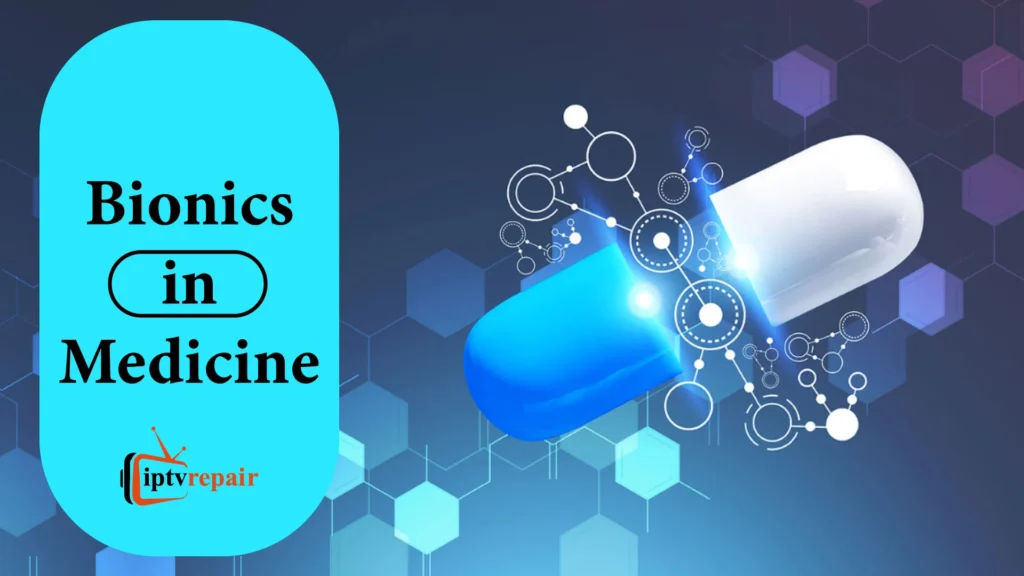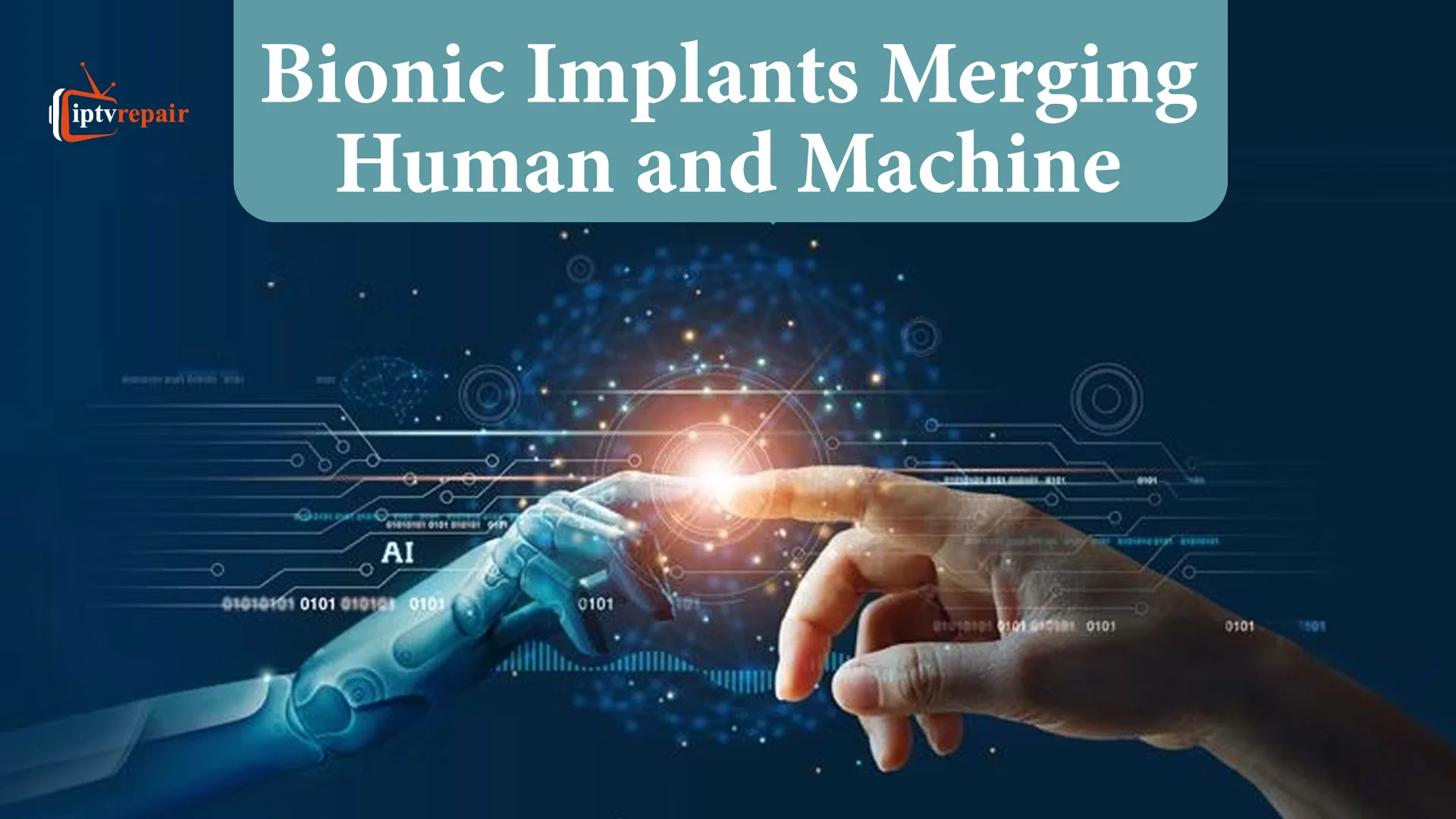A new era is dawning in the realm of technological and medical advances—the era of bionic implants. As science fiction becomes reality, we find ourselves on the path to ground-based change that blurs the distinction between man and machine. Bionic implants promise to enhance human capabilities, provide medical breakthroughs, and challenge our notions of what it means to be human. Join us to explore the fascinating world of bionics and its ethical questions.
The Evolution of Bionics
The idea of combining human biology and technology has fascinated scientists for decades. From the early days of prosthetics to today’s intramuscular applications, bionics has come a long way.
Today, we see a hybrid of robotic limbs that can respond to neural commands, cochlear implants that restore hearing, and even brain-computer interfaces that allow direct communication with machines.
Bionic Implants
Merging Human and Machine reveals a fascinating story in which cutting-edge engineering and human biology join hands, blurring the distinction between biology and machinery. Past eras saw early prosthetic efforts, justifying the unique development of modern bionics. Neurotransmitters and myoelectric sensors now seamlessly become bionic implants, providing recipients with unparalleled science fiction-like power and sensory experiences.
The Bionic Revolution: Unleashing Human Potential
Bionic implants are extra than simply replacements for misplaced capability; they can reinforce human skills past natural limits. For example, exoskeletons can provide superhuman strength, whilst neural implants promise more desirable cognitive talents. Additionally, breakthroughs in retinal implants trace the recuperation of vision for the visually impaired. With bionics, the boundaries of human capability are expanding, opening new doors for humans with disabilities and propelling us toward a new era of human evolution.
Healing and Hope: Bionics in Medicine
Bionics isn’t always constrained to augmenting skills; it performs a vital function in revolutionizing clinical treatments. From smart prosthetics that mimic natural moves to bioengineered organs and tissues, bionics holds promise in restoring fitness and enhancing the niceness of existence for hundreds of thousands. Additionally, neuroprosthetics displays the capacity in helping patients with paralysis regain mobility.

As research progresses, the mixing of bionics with regenerative medicinal drugs may one day offer answers for situations that have been once deemed incurable.
You May Read: Blockchain and Beyond Decentralizing the Future
Ethical Implications: Where Do We Draw the Line?
The fast development of bionic technology increases profound ethical questions. As we combine human biology with machines, we need to not forget the impact on our identity, privateness, and societal norms. Questions arise about the potential divide between those who can find the money for bionic enhancements and those who can not, leading to new styles of inequality. Moreover, issues approximately hacking and unauthorized access to neural implants demand robust security measures. As we embody bionics, we have to navigate these moral complexities with care and foresight.
This encounter with revolution raises a multifaceted ethical dilemma and social implications. Informed consent, protection of individual identity, and prudent assessment of potential impacts find in-depth discussions about the responsible integration of bionic technologies.
Conclusion
The bionic revolution is upon us, promising to change lives and reshape our understanding of humanity. As technology continues to push the boundaries of what is possible, a balance between innovation and ethical considerations is needed. With responsible development and proper implementation, bionics can certainly be a force for good in our ever-changing world.
Read Also IPTV related Post
